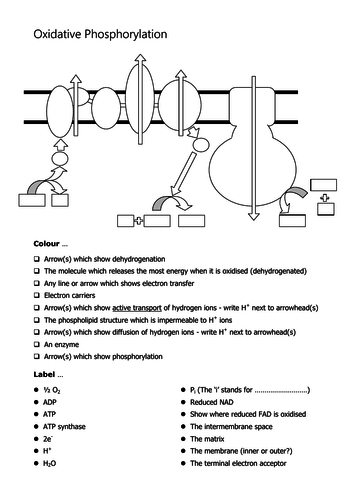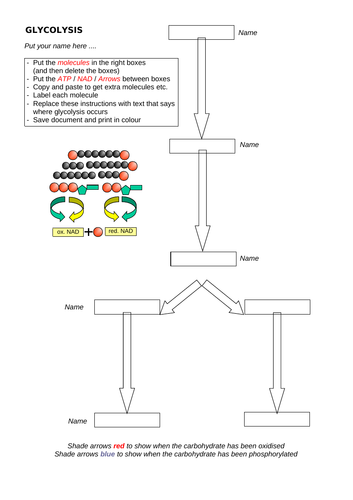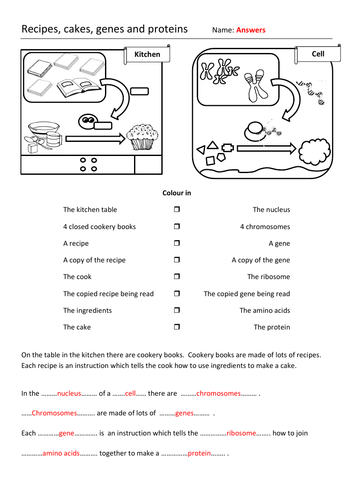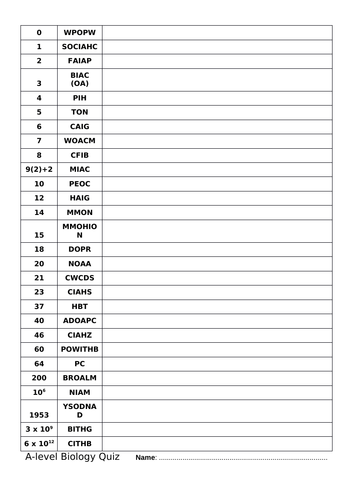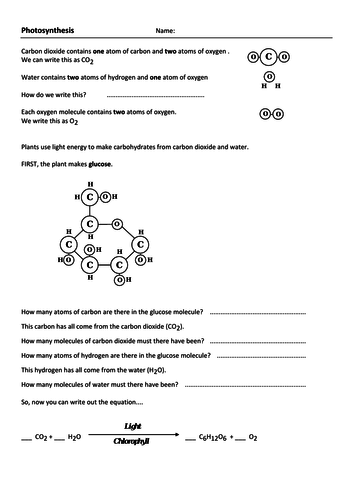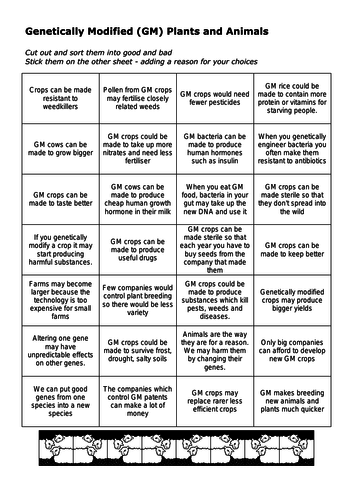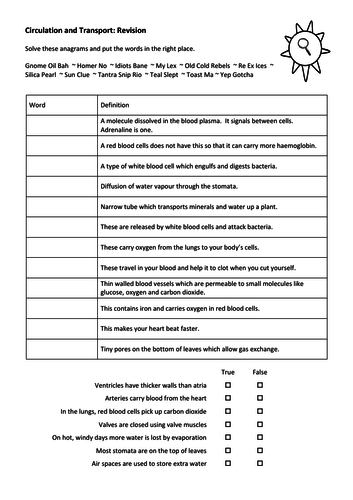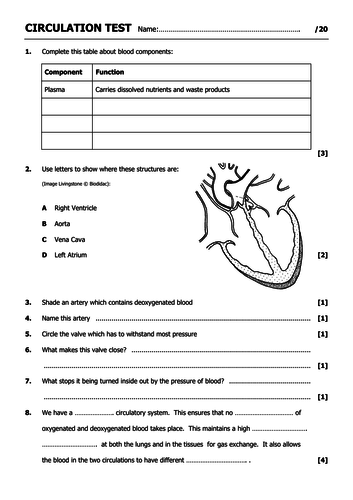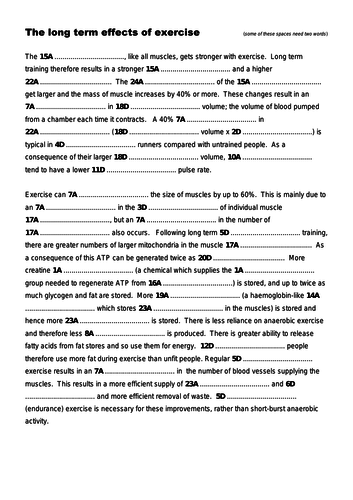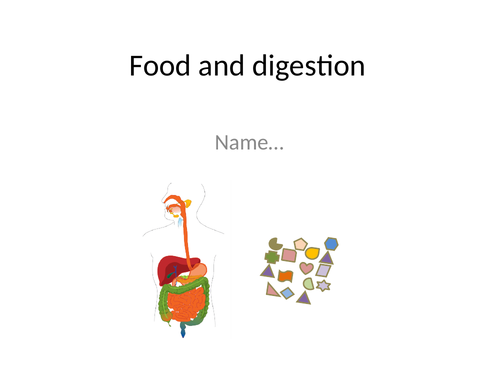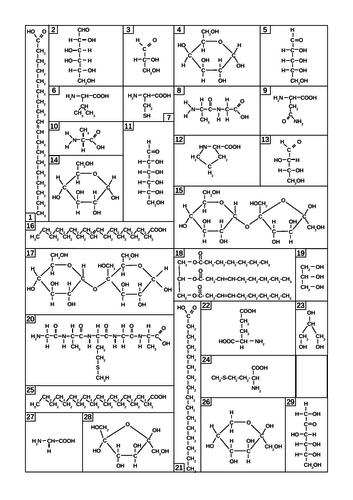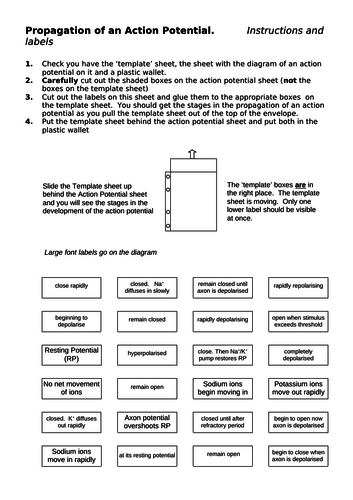68Uploads
30k+Views
34k+Downloads
Biology
Bundle

14 Biological Molecules Recall Tests
A complete set of 14 single-sided question sheets to cover all of the Biological Molecules section of the AQA A-level Biology specification. The questions are deliberately straightforward, to encourage students to revise and then to test their recall. They are useful across the ability range and would work well using a VLE. They don’t say ‘test’ on them and could be used as consolidation during a lesson.
(I started with the carbohydrate one which is why the second one has a bit of a recap of the first. Students needed a bit of a second chance once they realised what was required)
Each sheet is single-sided and has between about 22 and 30 marks
Every sheet has an accompanying answer sheet with the same format as the question sheet for use on a projector for peer/self marking.

Biological Molecules - Protein/Enzyme Recall Tests
Four single-sided sheets of straightforward revision questions. Written to provide simple recall test of what students have learned and need to learn (to reassure them as much as anything). Taken pretty much directly from the AQA A-level Biology specification. Answer sheets are included. Would work well as a starter, plenary or on a VLE. Doesn’t say ‘test’ on it so that it can be used for consolidation within the lesson.
Key words
protein ~ polypeptide ~ Biuret test ~ amino acid ~ R-group ~ peptide bond ~ complementary ~ ESC ~ active site ~ competitive inhibition ~ non-competitive inhibition ~ pH ~ temperature ~ denaturation ~ disulfide bridges ~ ionic bonds ~ hydrogen bonds ~ primary ~ secondary ~ tertiary ~ quaternary ~ prosthetic groups

Biological Molecules - DNA/RNA/ATP/Water/Ions Recall Tests
Five single-sided sheets of straightforward revision questions. Written to provide simple recall test of what students have learned and need to learn (to reassure them as much as anything). Taken pretty much directly from the AQA A-level Biology specification. Answer sheets are included. Would work well as a starter, plenary or on a VLE. Doesn’t say ‘test’ on it so that it can be used for consolidation within the lesson.
Key words
DNA ~ RNA ~ polymer ~ monomer ~ nucleotide ~ hydrogen bonds ~ base pairing ~ heat capacity ~ heat of vaporisation ~ inorganic ions ~ organic ~ ribose ~ nitrogen containing base ~ deoxyribose ~ surface tension ~ cohesion ~ adhesion ~ DNA polymerase ~ DNA helicase ~ meselson and stahl ~ polar ~ non-polar

Biological Molecules - Carb/Lipid Recall Tests
Five sheets of straightforward revision questions. Written to provide simple recall test of what students have learned and need to learn (to reassure them as much as anything). Taken pretty much directly from the AQA A-level Biology specification. Answer sheets are included. Would work well as a starter, plenary or on a VLE. Doesn’t say ‘test’ on it so that it can be used for consolidation within the lesson.
(The second carbohydrate sheet deliberately repeats some of the first sheet because I found that students needed a second go once they were more aware of what was required following the first one!)
Key words
carbohydrate ~ glycosidic bond ~ condensation ~ hydrolysis ~ glycerol ~ triglyceride ~ lipid ~ fatty acid ~ ester bond ~ sugar ~ phospholipid ~ monosaccharide ~ disaccharide ~ Benedict’s test ~ saturated ~ unsaturated ~ hydrophilic ~ hydrophobic

Oxidative phosphorylation (A-level Biology)
Worksheet asks students to label and colour in the stages of oxidative phosphorylation / electron transfer chain (1 page). Accompanied by an interactive powerpoint with clear diagrams which can be used on a smartboard to show students what they should have coloured in (11 slides)
Key words
Oxidative phosphorylation, Electron transfer chain, Cristae, Mitochondrion, Mitochondria

Glycolysis - drag and drop activity
Students edit the Word document to show the stages of glycolysis (oxidation, phosphorylation etc). The molecules are all drawn for them (hexose, glucose, phosphates); they need to copy and put them in the right places. 1 page, accompanied by an answer sheet. Written for A-level students. Works well on VLE as homework but I tend to use it where I can watch what their misconceptions are and deal with them. (‘ctrl d’ doubles an object, which is useful).

Genes and Proteins (Recipe, Cake analogy) GCSE
My lower ability GCSE students struggled distinguishing between genes ‘being’ the protein and genes ‘coding’ for the protein. The language was a barrier - weird, abstract words. This sheet uses a recipe-cake / gene-protein analogy with a bit of colour coding. The students enjoyed it and understood it. (I pointed out that medical students use colouring in to learn anatomy). Answers included

A-level Core Biology Revision Quiz
We use this as a christmas revision quiz before Jan A-level trials.
Fun, competitive and a stress buster. Obviously needs reward for 1st completed etc.
0 = WPOPW (Water potential of pure water)
3 = BIAC (OA)
6 = CAIG
etc.

Photosynthesis - Equation & The uses of glucose (GCSE)
Worksheet with questions leading the students on to balance the equation for photosynthesis and then looking at what the glucose is used for in the plant. Double sided accompanied by an answer sheet

Neurone labelling activity (GCSE)
Students colour in and label diagrams of motor and sensory neurones (nerve cells), identifying the axon, neuromuscular junctions, fatty sheath and dendrites. There are cloze (gap fill) questions alongside the diagrams. 2 pages, with answer sheet

3 Natural Selection worksheets (Snails, Giraffes, Moths) GCSE
Pond snails:
Worksheet in which students are led through the idea of natural selection - reproduction, inheritance and survival - using pond snails and leeches as an example. 2 pages, accompanied by an answer sheet.
Giraffes:
Students put a variety of facts about giraffes into categories. The categories relate to Darwin’s observations. Students then write a paragraph to explain how longer giraffes’ necks have been selected. Designed to provoke discussion about inheritance, evolution and natural selection. 2 pages with answer sheet.
Peppered moths:
Students put pictures and statements in the correct order to tell the story of natural selection in peppered moths before and after the industrial revolution. Supports learning about genetics, inheritance, predation, camouflage and survival. with answer sheet.

Sexual and Asexual Reproduction Comparison (GCSE)
A double sided GCSE worksheet with answer sheet. Pros and cons of sexual/asexual reproduction.
Recall, Cloze, Free response, short answers.
Strawberries, potatoes, mice, amoebae and gardeners.

Genetic Modification: Good or bad (Categorising activity)
Students choose from a bank of statements. They categorise the statements as advantages or disadvantages. Different students will take different points of view. They then have to write a sentence to justify each choice. A cut and stick exercise designed to provokes discussion. To complete the activity students must engage with the concepts. There are no ‘right’ answers! 3 pages
Key words
Genetic modification, GM, Ethics, Genetic engineering,

GCSE Circulation and Transport Revision Worksheet
Double sided GCSE revision worksheet - Circulatory system and Transpiration.
Anagrams, Join the word to the definitions, True/False, Cloze - a bit of everything, really.
Answer sheet provided.
Key words
Blood, Heart, Xylem, Transpiration, Platelets, Stomata

GCSE Circulation test (/20 easy to mark)
A 20 mark test on circulation for more able students. Straightforward and easy to mark. First image is from from ‘Biodidac’ - so it must remain a free resource. Answer sheet provided.

The long term effects of exercise cloze/crossword (A-level)
This is a cloze activity with the words (2D, 24A) linking into a crossword. Covers fitness, heart rate, ATP production, breathing, oxygen uptake and muscle development. 2 pages with an answer sheet. Written to accompany A-level Biology.

GCSE Digestion - complete the powerpoint activity
A powerpoint for students to edit and complete. Written as a cover lesson to give fairly disaffected / less able students something a bit more interesting to do than 100 minutes of worksheets. The answer sheet gives suggested extensions for those who finish first / want them. It would work well as a VLE homework activity or as revision.
Key words,
Digestion, Digestive system, Enzymes, Absorption, Excretion

Cholera: Data handling and Mechanism of infection
Standalone A-level cholera data handling and accompanying powerpoints and worksheets.
The main powerpoint introduces cholera and explains how it affects the small intestine’s transport proteins leading to diarrhoea. The second shows the December 2008 Cholera outbreak in Zimbabwe using UN data. The lesson can be introduced with news clips/articles (a search for ‘Zimbabwe 2008 cholera outbreak’ turns up lots). An understanding of the mechanism of cholera infection is not needed to deal with the data handling - which is very much aimed at reliability, sampling and so on. Written to support A-level Biology.

Biological Molecules Sorting Activity (A-level)
Sorting activity designed to familiarise students with biological molecules. Students sort molecules into groups of similar structures and try to identify them as fatty acids, glycerol, sugars, amino acids etc. 1 page with answers.
I have used it both to introduce biological molecules and to round things off once the students have met them all.

Action potential slider activity (A-level)
Students attach labels in the right place on a template. The template is lifted up behind a diagram of the action potential. One at a time, each stage of the action potential is revealed in windows. It is worth showing students a completed slider (from a distance!) so that they can see what they are aiming for. Craft knives or scalpels best for cutting out the boxes. Answer sheet included. Written to support A-level.
(Big font labels for labelling the diagram; Small font labels are for the voltage gated channel table)
Key words
Action potential, Neurones, Nerves





